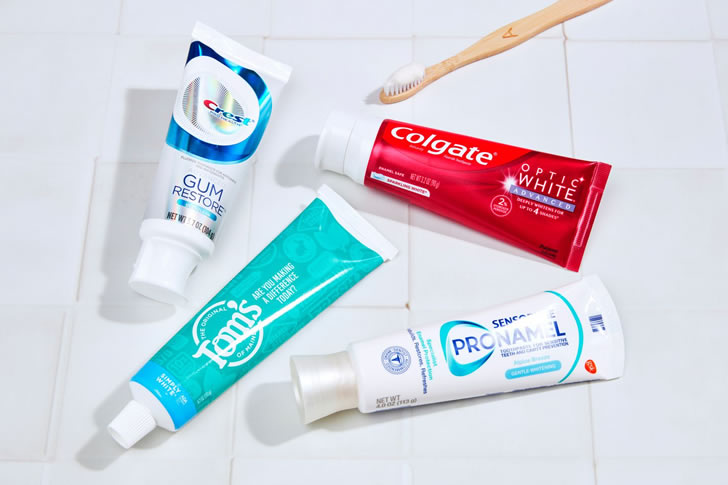Why Teeth Whitening Toothpaste?
Teeth whitening toothpaste is a popular choice for those looking to achieve a brighter, whiter smile conveniently at home. It's specially formulated to target and remove surface stains, offering a cost-effective alternative to professional treatments. However, improper use can sometimes compromise your enamel. Here's how to use it effectively.
Understanding Teeth Stains
Before diving into products and techniques, understanding the nature of teeth stains is crucial. Stains can be broadly categorized into two types:
These are surface stains that occur due to external factors like food, drinks (coffee, tea, red wine), and smoking. Teeth whitening toothpaste is especially effective for these types of stains.
These are deeper stains within the tooth structure, often caused by medication, trauma, or excessive fluoride during childhood. Whitening toothpaste may not be very effective here; professional treatments are usually required.
Choosing the Right Teeth Whitening Toothpaste
When selecting a whitening toothpaste, consider the following factors:
- Look for toothpaste with gentle yet effective ingredients like baking soda, hydrogen peroxide, and activated charcoal. These ingredients can help remove stains without being too abrasive.
- The Relative Dentin Abrasivity (RDA) value indicates how abrasive the toothpaste is. For daily use, choose a paste with an RDA value of 250 or lower to protect your enamel.
- Products with this seal are proven to be safe and effective. This ensures that the toothpaste not only whitens your teeth but also maintains overall oral health.
Top Practices for Using Whitening Toothpaste
For optimal results and to avoid damaging your enamel, follow these top practices:
- Brush twice a day for at least two minutes. Over-brushing, especially with highly abrasive toothpaste, can wear down enamel.
- Use a soft-bristled toothbrush and gentle, circular motions to clean your teeth. Avoid brushing too hard.
- If you’re concerned about enamel erosion, alternate between whitening toothpaste and regular fluoride toothpaste. This way, you balance stain removal with enamel care.
- Minimize consumption of foods and drinks that cause stains, and quit smoking. Rinsing your mouth with water after consuming stain-causing substances can also help.
- Overuse of whitening strips, gels, or rinses can weaken your enamel. Limit these products to occasional use and follow the instructions meticulously.
Protecting Your Enamel
While focusing on whitening, it's equally important to protect the health of your enamel. Here are ways to ensure your whitening routine doesn't compromise your enamel:
- Use fluoride toothpaste and mouthwash to strengthen enamel and prevent cavities.
- Incorporate foods rich in calcium and phosphate (like dairy products) into your diet to naturally boost enamel strength.
- Drink plenty of water to maintain saliva production, which is essential for enamel health as it helps neutralize acids in the mouth.
- Visit your dentist regularly for professional cleanings and advice tailored to your specific dental needs.
- Foods and drinks high in acidity (like citrus fruits and sodas) can erode enamel over time. If you do consume them, rinse your mouth with water afterward.
Alternatives and Complementary Approaches
If teeth whitening toothpaste alone isn't delivering the desired results, consider these alternatives and complementary approaches:
- In-office treatments by a dentist offer more dramatic results for intrinsic stains and stubborn extrinsic stains.
- Over-the-counter trays and strips contain stronger whitening agents compared to toothpaste. Use them as directed to avoid enamel damage.
- Some people opt for DIY solutions like baking soda and hydrogen peroxide mixtures. While these can be effective, they must be used with caution to avoid abrasion and sensitivity.
Final Thoughts
A radiant smile can boost your confidence, but it's important to approach teeth whitening carefully to avoid damaging your enamel. By choosing the right teeth whitening toothpaste, employing proper brushing techniques, and following additional enamel-care tips, you can achieve and maintain a bright, healthy smile. Your dental health is an investment, so take the necessary steps to protect it while pursuing that dazzling grin. Regular dental visits and open communication with your dentist will ensure you’re on the right track to a whiter, more radiant smile.



